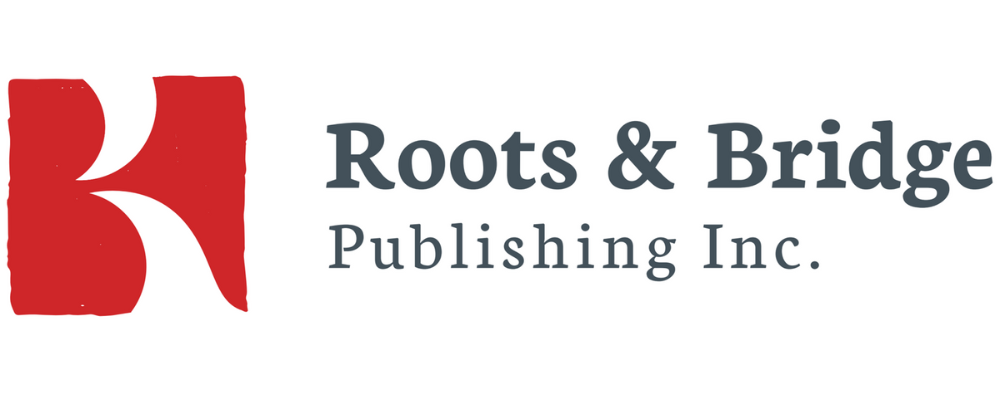Something you may not realize: ONIX 3.0 has been out for over a decade! But still it’s thought of as the new kid in datatown by many organizations — why isn’t ONIX 3.0 treated as the one and future standard?
To start, ONIX 2.1 remains widely accepted and it’s understandable that many who have put time and effort into understanding ONIX 2.1 are reluctant to move on completely (60% of ONIX 3.0 is the same as ONIX 2.1, after all). But, to reframe slightly, if ONIX were a videogame that means you’re missing out on at least 40% of the game features, levels of content and abilities that you’ll never unlock. Gameplay becomes more tremulous and time-consuming (and sometimes impossible) if you don’t upgrade your tools as you go. The same can be said about selling to different markets.
Another take is that the true power of ONIX 3.0 — its efficiency — is not understood nor harnessed by the industry, so this slow uptake has led to a chicken and egg situation. Why supply data if no one supports it? And why support something no one supplies?
This has been a conundrum for 10 years. We’ve put out many posts about why you should use ONIX 3.0, highlighting the business benefits and usefulness, but we realized we haven’t explained why you should not continue the habits developed in ONIX 2.1. ONIX 3.0 was created because 2.1 wasn’t able to adapt to a changing industry. ONIX 3.0 has more flexibility built-in, which allows parallel growth, something so important in an uncertain trade.
Let’s take a look at some of that flexibility and problem-solving in action.
Supply Details ≠ Sales Rights
AKA: the ONIX 3.0 market composite is amazing.
It’s been common to use currency and/or sales rights as a proxy for supply details. Those who had exclusive world rights felt that they didn’t need to specify supply because they were selling everywhere. In ONIX 2.1 this was seen as a decent bandage because it’s a lot of work to repeat everything over and over again just to let one supplier figure out where to get your books and its price. But supply details ≠ sales rights and these types of shortcuts often lead to confusion, which can cut into sales. Many large retailers want to be able to load data from multiple markets. How can they do that without consistent market information on all records?
Thanks to Block 6, you’re able to communicate targeted information to multiple suppliers with less effort. Block 6 is a repeatable block that offers supplier-specific information for each record. Its simplicity allows for more accurate information to be conveyed. It’s elegant, it’s efficient, and it leaves little room for error. Canada is a small market in relation to the US, and can be easily engulfed if we don’t use the tools at hand to make our presence known. ONIX 3.0 brings a relatively small change to workflows that can have a large impact on the entire supply-chain — but only if used. And that is a significant reason to support ONIX 3.0 as the primary standard: it allows publishers and retailers to compete in the current market.
Key composites to look up and use:
Block 6 product supply
P.24 - Everything about markets
P.25 - Publishing status (within a specified market)
P.25.14-.16 Market Date – Market specific publication and embargo dates
P.26 - Supplier information (Which is recognizable as Supply Detail)
Block 4 publisher and “global” publishing detail
P.20 - Global Publishing status (works in tandem with P.25)
P.21 - Territorial Rights and other sales rights restrictions (works in tandem with P.24 and should be logically associated. That is you can’t say in P.21 that you only have rights in Canada and then set supply information for New Zealand.)
Getting to know your contributors
On first inspection, the changes between ONIX 2.1 and ONIX 3.0 seem minimal – minimal changes that result in cleaner, clearer informational relay. And, in ONIX 3.0, not only were those contentious points from ONIX 2.1 addressed and simplified – they were retooled and expanded. For instance:
<PersonNameIdentifier> → <NameIdentifier>
A big change in ONIX 3.0 is the fact that “personhood” is no longer assumed and this not only makes crediting an organization easier, but also allows for more information to be sent about said corporate entity. There are still at least 2 tags that cannot be used if a corporate contributor is identified, however, but they’re logically disassociated. While there are more codes overall, many address outlier cases. By narrowing the scope, ONIX 3.0 reduces misinterpretations.
The beauty of <NameIDType> over ONIX 2.1’s <PersonNameIDType> is that:
a) it’s repeatable, which eliminates a lot of maneuvering to get all your desired information in, and
b) it leaves no stone unturned, meaning corporate or organizational identifiers are fair game!
Key composites to look up and use:
Block 1 bibliographic description
P.7.41a to P.7.41f: elements in the prize composite
Prizes/awards your author won (such as lifetime awards or voted most popular)
Does not need to relate to the product of record
Contributor place composite in its entirety
In ONIX 2.1 you can associate a country that’s closely related to your contributor, it only allows you to go as far as the region (or province) but with ONIX 3.0 you can get really specific and name cities or areas within
Codes have been added to List 151 so you can logically include information about organizations
P.12.7 to P.12.22: elements in the name as subject composite
None of the changes open up the bounds of creative expression such as being able to name a fictional character as your author.
And now a note about ISNI
The International Standard Name Identifier (ISNI) is gaining traction as publishers look to harness authors' star power or affiliation. While this isn’t a new promotional avenue, it’s never been more fruitful. Being able to add identifiers that aid in unifying a contributor’s collected works (as opposed to only the product of record) makes sense in this digital age. The more connections you can make, the higher the chance of discovery. ISNI is ideal because it connects anything your contributor has created, be it under their own name or a pseudonym. It connects output from all industries and reduces the chance of mistaken identity. You can link to relevant information for its intended market. It’s beautiful, simple, and flexible. We love it!
To expand on this topic we highly encourage reading this blog post by BookNet Canada’s CEO & President, Noah Genner in which he reviews the importance and benefits of good Canadian contributor metadata and how it reflects on discoverability, sales, accuracy in attribution, research, and more.
Updatable Blocks
The greatest testimony to ONIX 3.0’s dedication to efficiency is in its very structure. The blocks are not simply containers for like-minded data, they’re shippable containers! Once the full record has been sent, any changes can be updated block-by-block. So, say you made two changes in block 2 and nowhere else, you can just send block 2. And while that doesn’t sound thrilling, not sending mega-files every time you make minor changes (such as adding a review, which should be a constant update, or changing a price) cuts down on processing time. Whether you’re a data creator or data receiver, minimal processing time = faster data relay = less confusion = higher sales.
The Never-Ending Story
If we mentioned everything that’s wonderful about ONIX 3.0 we’d never stop writing. That’s not to say it’s the greatest thing since sliced bread (it’s up there) but, harking back to that flexibility standpoint, there are a million and two use cases where using ONIX 3.0 would benefit your books and your business. This is why we encourage you to do your own research, because you’re the innovator. Whether you’re creating or selling books, it’s how you utilized the data that makes all the difference. ONIX 3.0 is a vehicle that allows you to relay what’s exciting about your book. But it’s important to remember that you’re not driving on a closed track. The road to the consumer is rocky because the market is forever changing and societal tastes and technology aren’t cemented in place. Identifying an author as a woman was considered sales suicide in certain genres back in the 19th century. Today? There’s a tag specifically for that information. Including a prefix in your title was once a no-brainer, today you must think about how it will be displayed by data recipients — for more information on what to do with titles, check out our explanation on bundles.
You and your company’s investment of time, effort, and resources in ONIX 3.0 will never go to waste. You’re not alone; we’re here to help if you have questions and we’ll continue to support Canadian market-specific guidelines alongside EDItEUR’s official ONIX support materials. But you’re the driver. Find out what ONIX 3.0 can do for you. Find out what is available beyond the limitations of your software. Don’t reinvent the wheel; change the tire and put it in drive on the information highway.
Ready for more? We add updated information about changes to the ONIX standard, codelists, and subject classifications as they pop up on our What’s New documentation page, we list key resources for data providers transitioning to ONIX 3.0, and we host bi-weekly online group sessions where you can talk to our standards team about the areas you’re struggling with (or just drop in to see if you’re on track).













The bestselling Canadian books from July 1, 2024, to July 6, 2025.